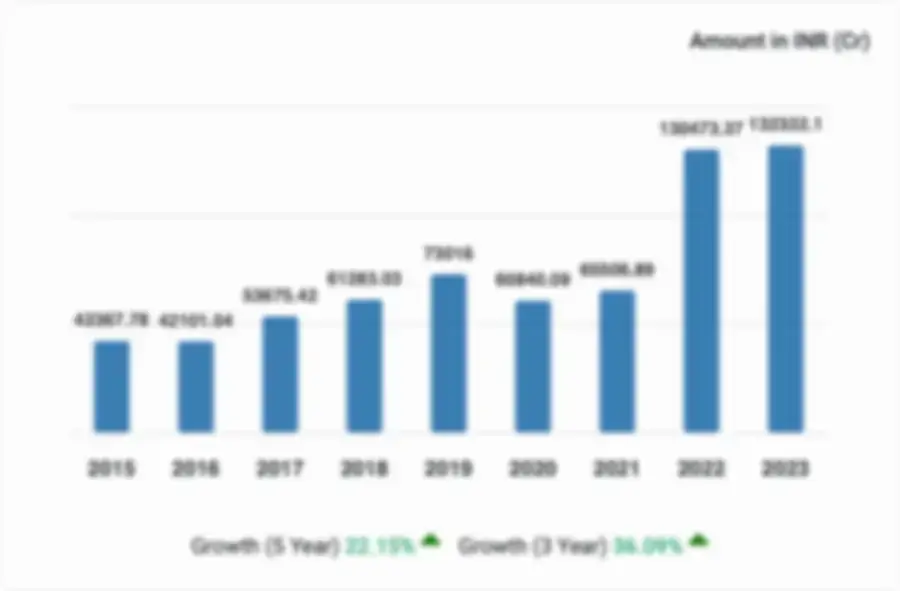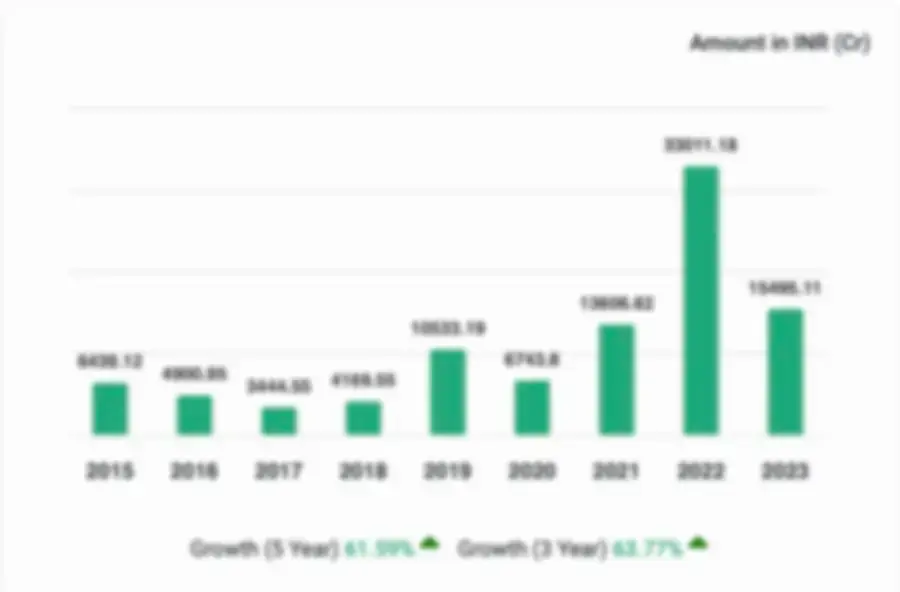What is the Ownership and Shareholding Structure of Flipkart India?
In 2023, Flipkart India had a promoter holding of 100.00%. The company had 1 Joint Venture and 4 Associate Companies. Access key insights, ownership, including shareholding patterns, funding, foreign investors, KMP remuneration, group structure, and overseas investments.











Company Details
+91-XXXXXXXXXX